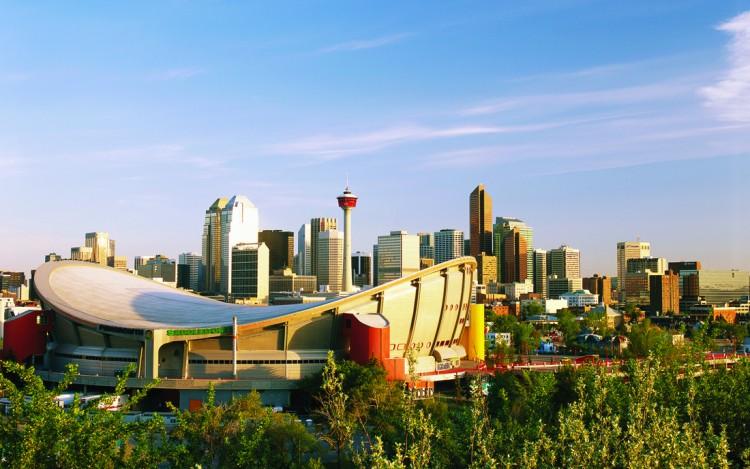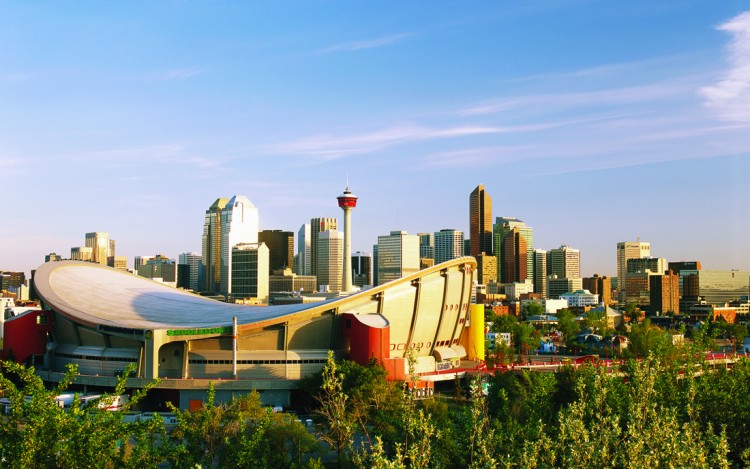For the first time in history, the proportion of Canada’s population west of Ontario is higher than that to the east, primarily due to the booming job market in Saskatchewan and Alberta.
According the recent census, the west boasts four of Canada’s fastest growing metropolitan cities, with Calgary leading at 12.6 percent growth between 2006 and 2011, and Edmonton by 12.1 percent, followed by Saskatoon, and Kelowna, B.C.
But Canada’s fastest-growing municipalities and smaller centres arguably face more challenges keeping up with the growth as they struggle to maintain amenities and infrastructure for populations that have nearly doubled since 2006.
A case in point is Beaumont, located 35 kilometres south of Edmonton. The town is the seventh fastest-growing municipality in Canada, almost doubling in size from 8,961 people in 2006 to 13,284 in 2011.
“There’s always challenges as we grow. There’s demand from the residents for infrastructure, recreation especially. There’s been a lot of pressure for schools,” says Camille Berube, Mayor of Beaumont.
“It’s ongoing.”
Rapid Growth a Challenge for Smaller Alberta Centres
For the first time in history, the proportion of Canada’s population west of Ontario is higher than that to the east, primarily due to the booming job market in Saskatchewan and Alberta.
|Updated:





